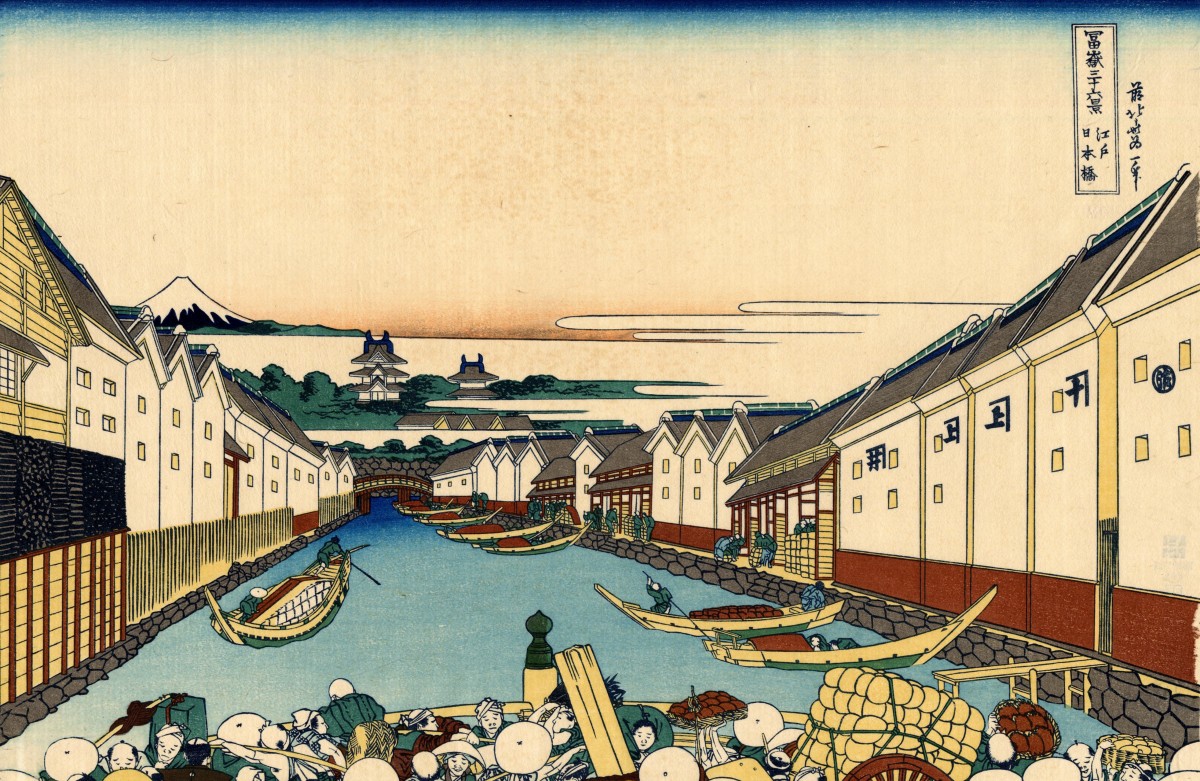SOS: ComAlt, Seminar Pre-Writing Week 1
17 January 2017
Word Count: 244
Passages:
“In Racial Indigestion, however, I uncover eating as a trope and technology of racial formation during the first 130 years of the U.S. republic. Not unlike the current foodie moment, and perhaps in the privileging of whiteness during the nineteenth century.” (Tompkins 2012: 2)
“Feudal Lords there established warehouses to store and sell rice paid to them as land tax by their villagers. In order to protect their booty from wild fluctuations between harvests, they formed the Dojima Rice Market, which was set up in the house of a wealthy rice merchant.” (Newman 2013: 6)
News Media Context:
The Dark (and Often Dubious) Art of Forecasting Food Trends
“Meals in a bowl, a perennial on recent year-end lists, are another phenomenon driven by smaller engines: yoga, Gwyneth Paltrow, the gluten-free movement, a new appetite for Asian street food and the demand for grab-and-go convenience.”
https://www.nytimes.com/2016/12/27/dining/food-trend-predictions.html?ref=dining
The people who pick your berries in Washington will now be represented by a union
The plucky music and contagious grins in Driscoll’s new campaign stand in stark contrast to a campaign launched by some of the farmworkers who pick their berries in Mexico’s San Quintín Valley. In a very different set of images being shared across social media platforms, an older man with weathered hands holds a sign that reads: “#BoycottDriscoll’s $6 a day for 12-15 hours of work is exploitation. Help us achieve a union contract. #SanQuintin.”
http://www.pri.org/stories/2016-10-18/people-who-pick-your-berries-washington-will-now-be-represented-union
Discussion:
In Tompkins’ Introduction, her comparison between the American history of food and consumption controlled by the privileged white class, and today’s (white and wealthy) foodie movement caught my attention as a poignant, and seemingly timeless theme in the politics of food commodification. The point of this comparison being that what seems to us now as a clear history of racism and classism within the food system is ever-present today through popular food culture that relies on the exploitation and appropriation of lower class and minority laborers.
This was a theme that I found congruent with Newman’s history of humanity’s commodification of food around the world. Even during the first rice markets in Japan, it was the wealthy merchants and feudal lords who controlled the storage and access to rice that was farmed and provided by the lower-class villagers.
The inequality present in the food system makes me wonder about my role in this system. To me, growing, cooking, and consuming food is beautiful, whimsical and honest, such as Driscoll’s nostalgic ad campaign. But this point of view is largely attributed to my role as a white American consumer who grew up in the abundant, foodie-centric, farm-to-table Hudson Valley. From the farmers who labor for low wages to grow my berries, to my neighbors who can only afford nutritionally void processed food, to the immigrants of foreign nations whose food culture is exploited for the benefit of white, hipster Brooklynites, how do others with less privilege view the current food system?
Citations:
Newman, Kara. (2013). The Secret Financial Life of Food: From Commodities Markets to Supermarkets. New York: Columbia University Press.
Severson, K. (2016, December 27). The Dark (and Often Dubious) Art of Forecasting Food Trends. Retrieved from https://www.nytimes.com/2016/12/27/dining/food-trend-predictions.html?ref=dining
Tompkins, Kyla Wazana. (2012). Racial Indigestion: Eating Bodies in the 19th Century. NewYork: New York University Press.
Varner, N. (2016, October 19). The people who pick your berries in Washington will now be represented by a union. Retrieved from http://www.pri.org/stories/2016-10-18/people-who-pick-your-berries-washington-will-now-be-represented-union
